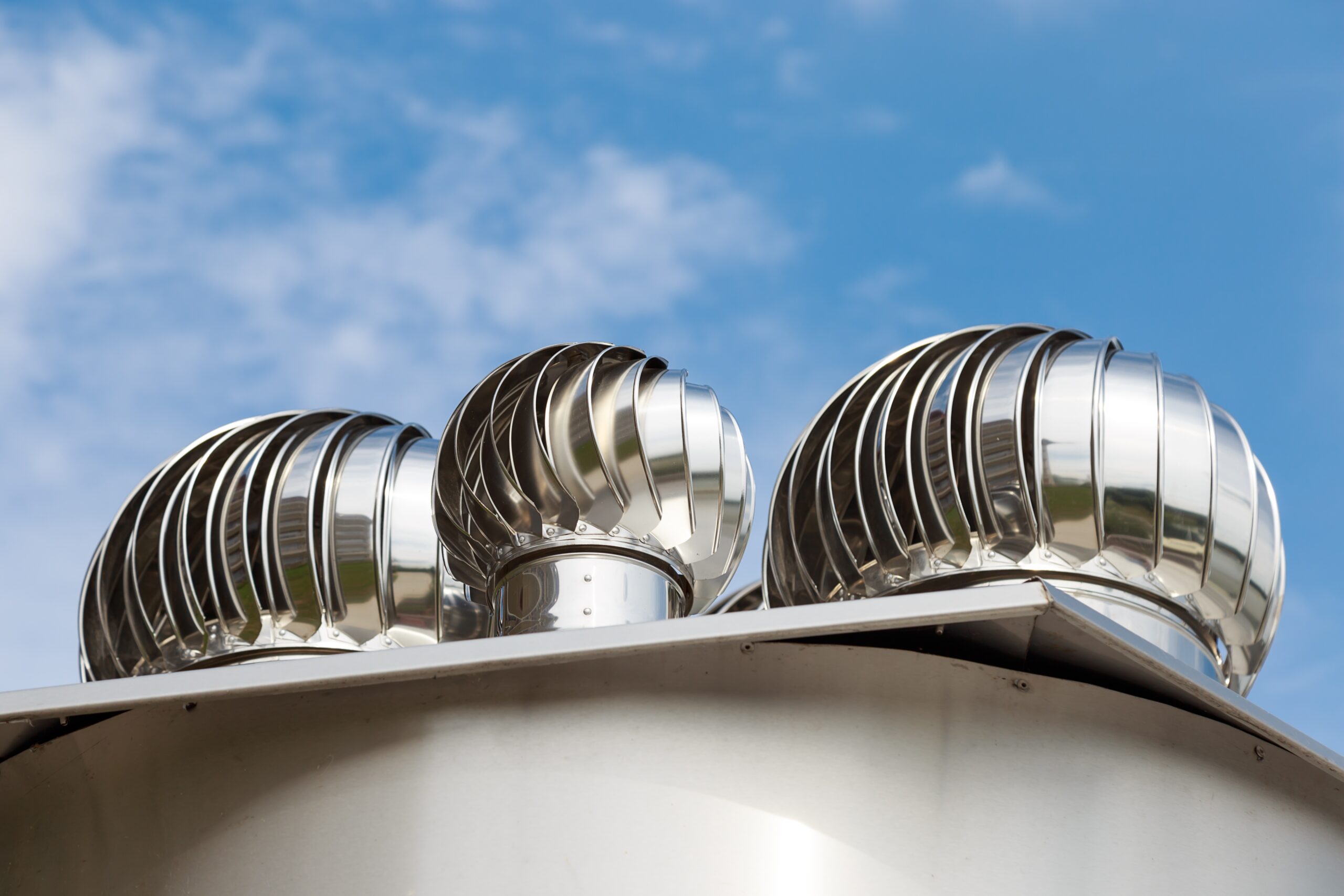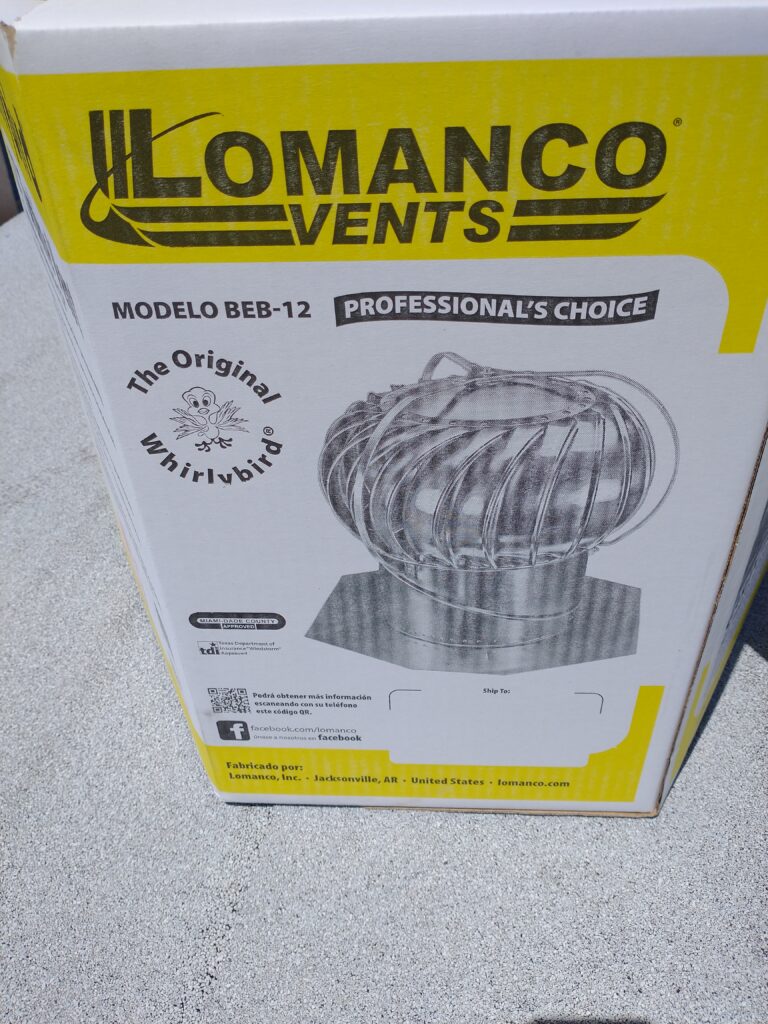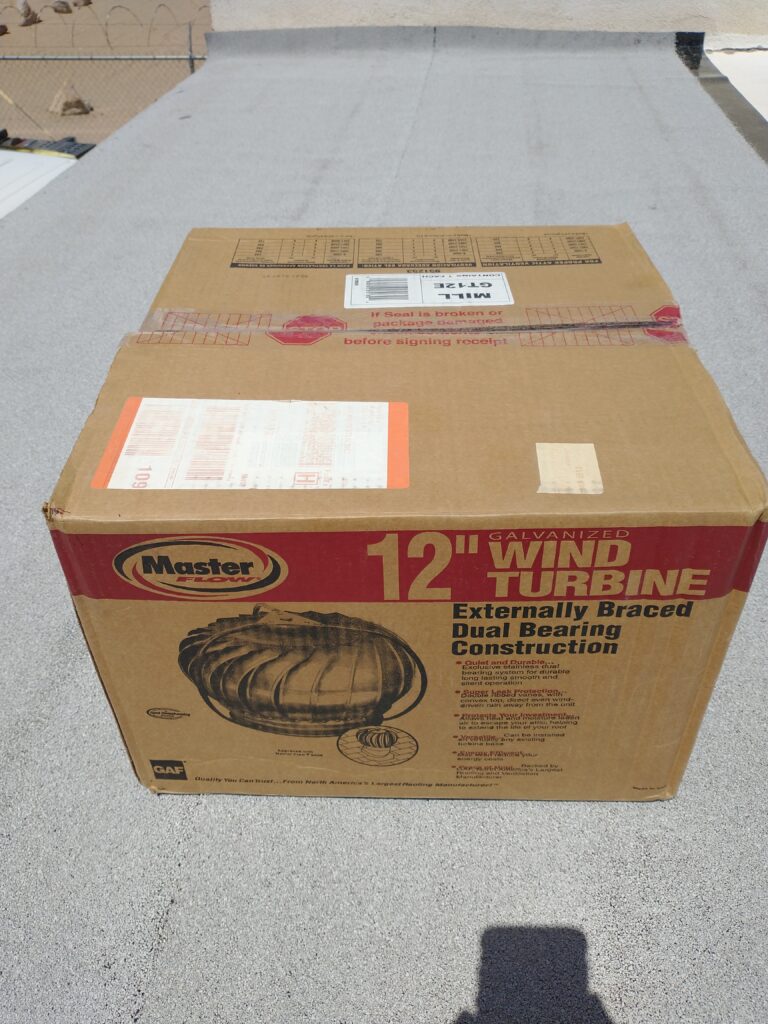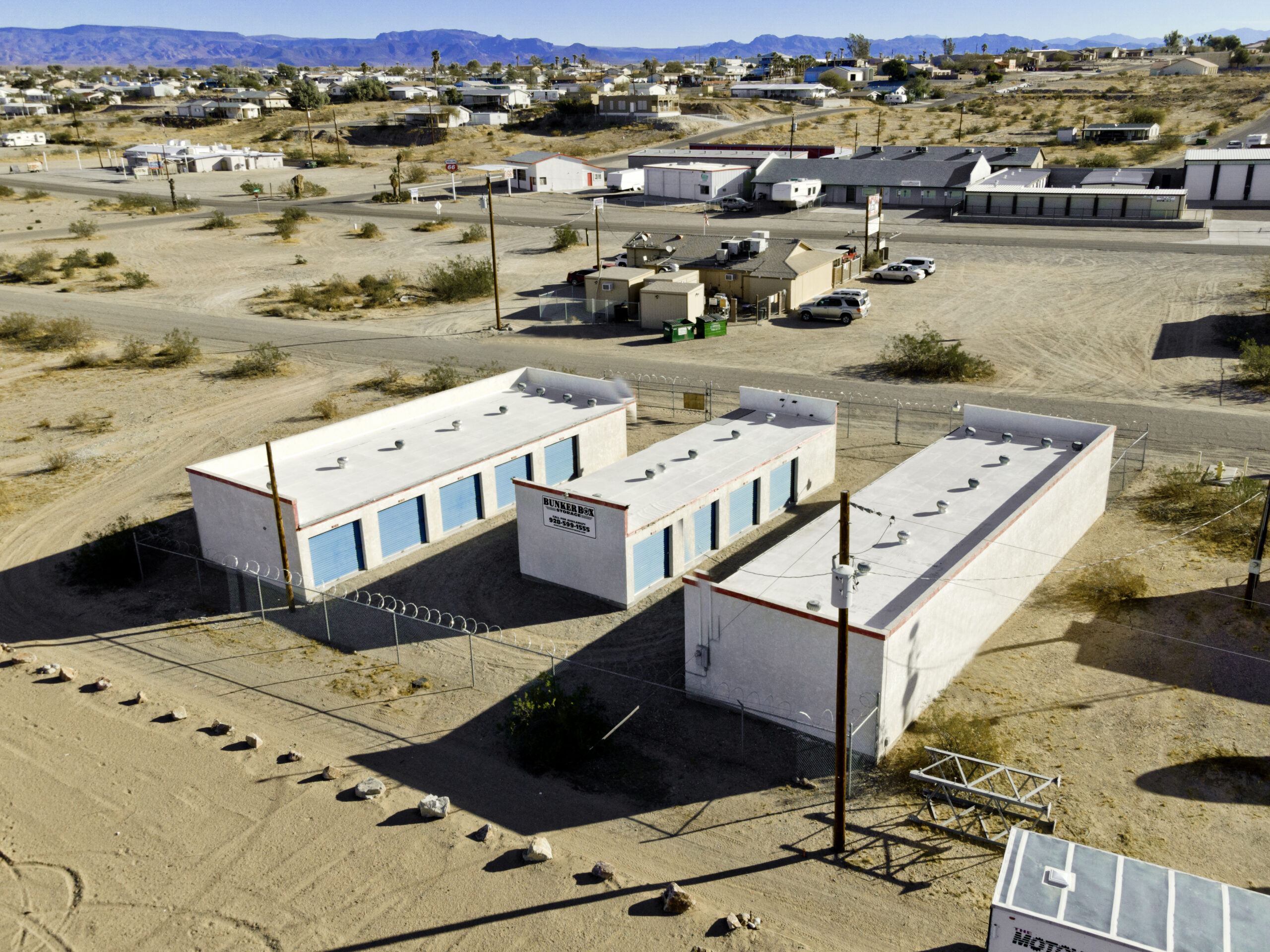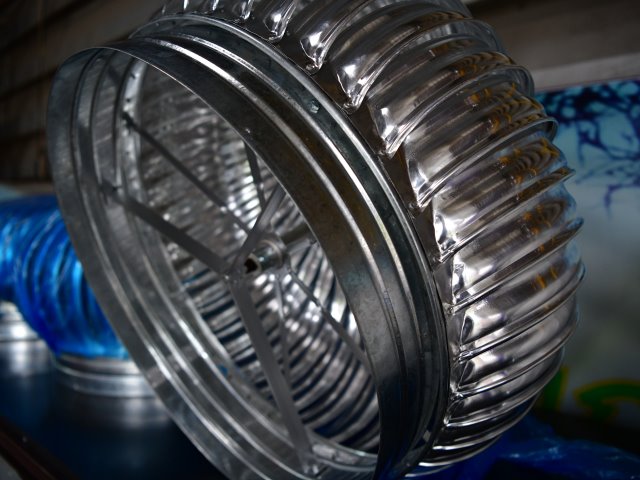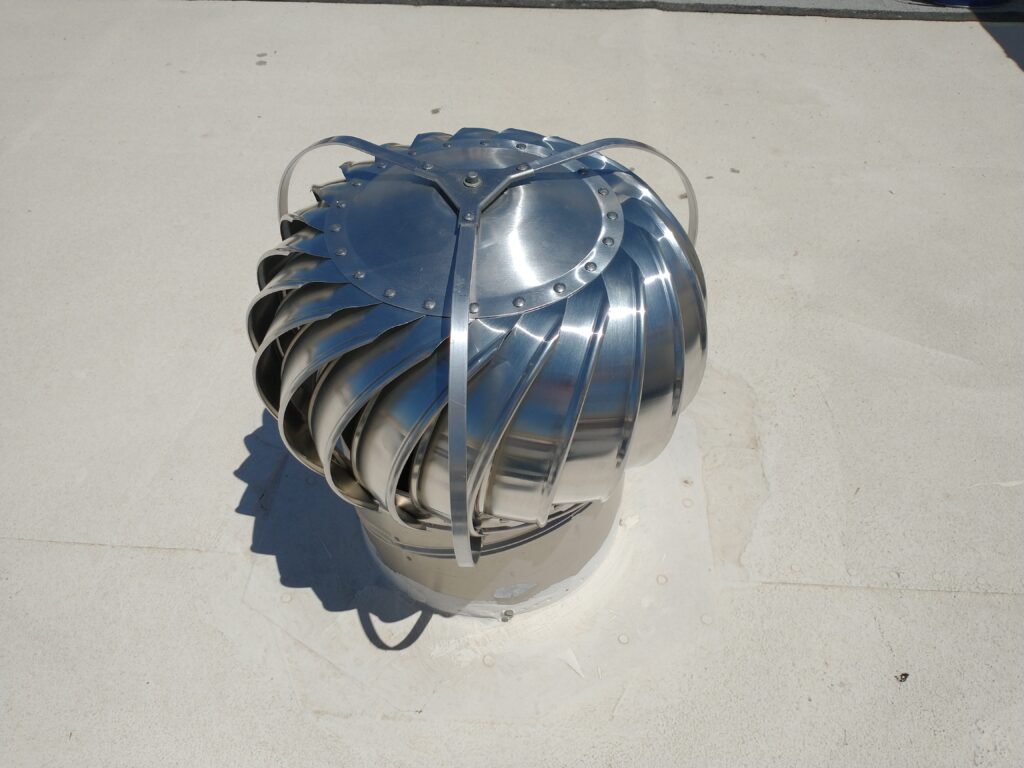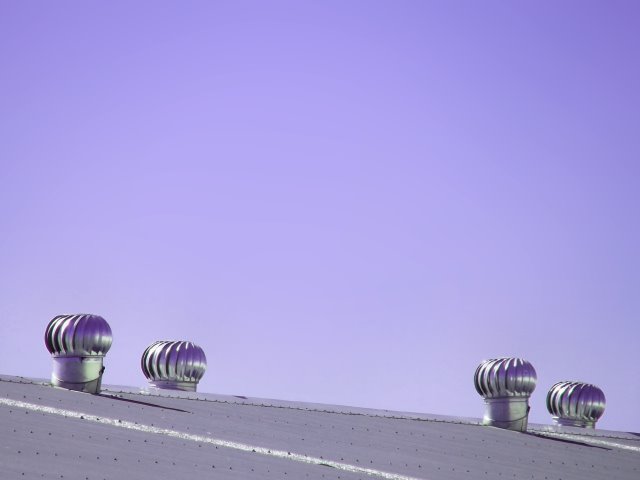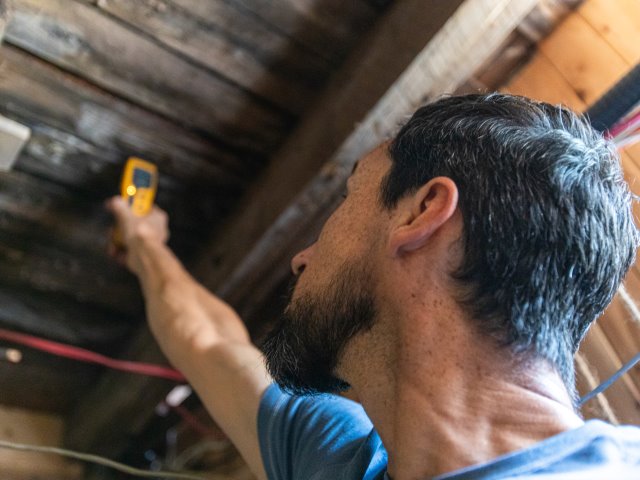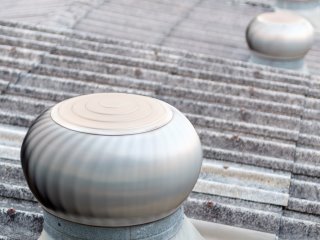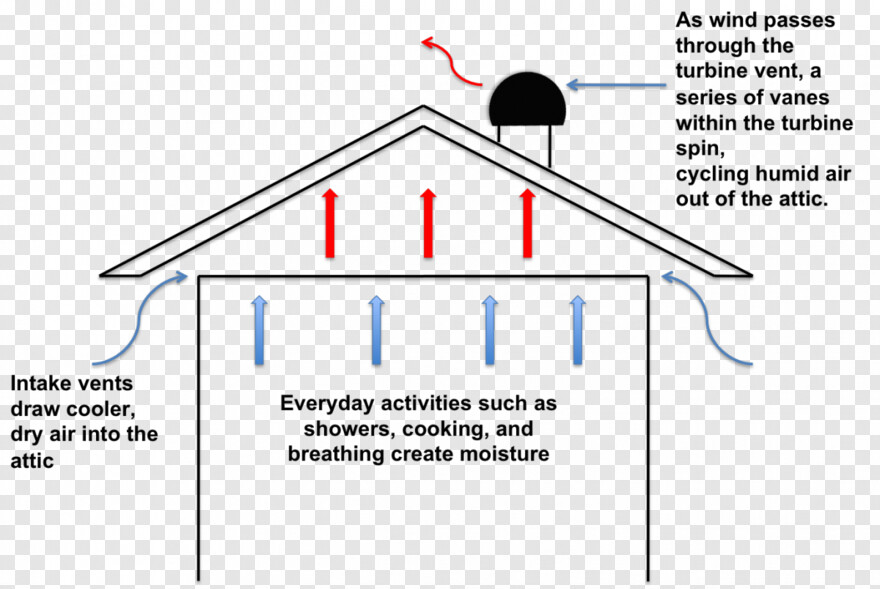How to provide proper ventilation and prevent roof damage.
If you’ve ever had a roof with a condensation problem that is affecting your current roof structure, roof deck materials, insulation in your attic, or the ceiling in your home or building, you will quickly realize how serious it can be.
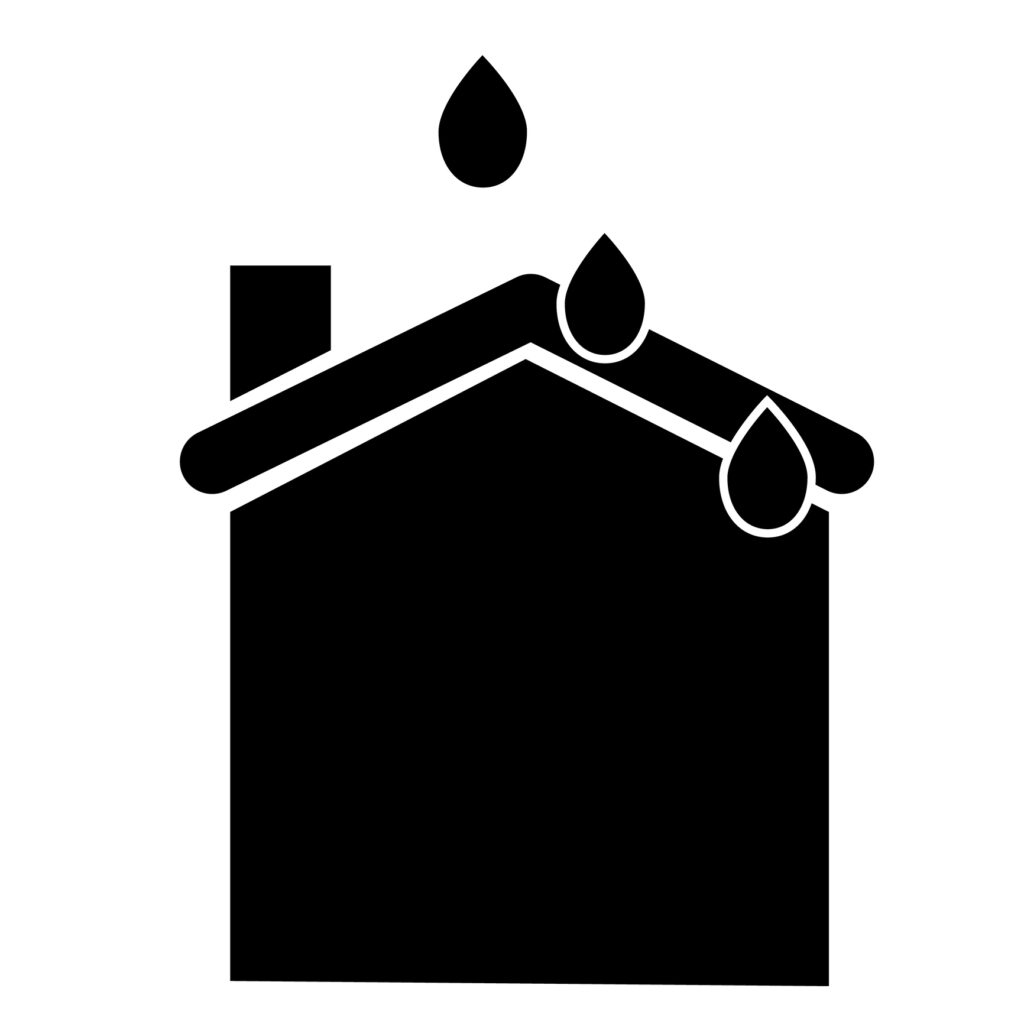
Cool air creates cold areas and, combined with moisture in the roof, will lead to condensation and can cause water damage to the attic or roof deck. It can also drip onto and flatten your attic insulation, attract termites, and even foster mold and mildew throughout the attic.
But what causes condensation on a roof, or in an attic, and how can you prevent it? Here are several factors that may affect roof condensation so you can be aware of them to prevent adverse conditions and poor roof ventilation.
Types of Underlayment Used
For many applications, a proper vapor barrier may be used as underlayment. A waterproof vapor barrier may be advisable in a very cold climate where you’re more likely to suffer from severe ice dams. And although having a waterproof underlayment may sound like a great option for reducing leaks, it’s really not recommended for most other locations.
Although it can provide protection against ice dam leaks, a waterproof membrane also increases chances that your roof deck will have a condensation problem if there’s not a lot of ventilation. When moist air comes into your attic through attic bypasses, the moisture can more easily condense against the underside of the roof if there’s a vapor barrier blocking any water vapor from escaping.
Amount and Type of Roof Ventilation
Mismatched roof vents can cause problems. Trying to install more than one ventilation system, or implement a “fix” such as adding a turbine vent to a roof that already has a ridge vent, can result in a less efficiency that correcting or optimizing one system. Because roof turbine vents are typically forceful, they can short-out the naturally powered ventilation process by pulling air in through the nearest available spot, most likely the ridge vent.
The strength of the turbine’s pull reverses the direction of airflow in the ridge vent, so it’s no longer pulling air in through the soffit vents and up across the roof’s underside in the critical airflow direction. Other adverse issues can arise as temperature and the wind turbines speed increases.
Once the ridge vent shorts out and stops ventilating the underside of the roof in a specific area, that area can more easily develop a condensation problem resulting in moisture damage. During the winter month’s cold days, the lack of proper ventilation and air flow can make ice dams form. For those hot summer days when you really need enough ventilation, heat can be trapped inside. The hot air will not keep the house cool. Either way, poor ventilation without a natural flow of fresh air can cause moist air to gather and sit unmoving against the underside of the roof sheathing and deck until the temperature difference causes moisture to condense onto the surface. Don’t let this begin to accelerate the process for you to need a new roof.
If you already have soffit and ridge vents, use and optimize them. If additional attic ventilation is required to remove hot air or condensation, roof turbine vents will definitely provide proper roof ventilation to optimize your energy bills, extend roof life, and prevent damage.
At a minimum proper attic ventilation keep your attic space and attic ceiling in top shape, and will help reduce your energy costs.
Insulation Quality
Insulation is an fundamental part of roof and attic construction. If installed properly, although hot air rises, attic insulation can reduce warm air transfer to the attic in cold weather and actually reduce the amount of condensation that builds up. However, if not done correctly, the insulation won’t be as effective and can actually harm the roof’s ventilation and breathability.
If the insulation is just placed on the attic floor in between and on rafters without any attempts to close up improper air leaks, and insulate attic bypasses, there may still be a lot of warm, moist air coming into the attic. Be sure the insulation correctly installed or well distributed after installation, so the attic won’t have blocked soffit vents but will have natural air flow and proper exhaust.
Pest Problems
Another common cause of soffit vent problems is pest infestations. For example, birds may love to build their nests under the eaves, which can block soffit vents and not allow air to enter. Or squirrels, raccoons, and other mammal pests could be living in the attic, tearing up the insulation and moving it around, which can also block individual vents.
Once the soffit vents air passage are blocked, the ventilation is compromised so that it doesn’t allow air to enter into your attic. Inside air isn’t being continually replenished by outdoor air, which means your attic and roof could develop a condensation issue leading to moisture damage.
Owner / Renter Error
In addition to pest problems, soffit ventilation can be accidentally covered by boxes, or other items. Some homeowners tend to use their attic floor for storage space, and if you’re among them, you need to be extra careful where you place your boxes. Not only do items need to be placed in an area that can hold their weight, but they also need to stay well away from the eaves, soffits, and gable vents. Placing boxes too close to the eaves or stacking them high so they touch the roof deck can cause poor roof ventilation, which in turn can cause condensation to appear.
Humidity Levels
The higher the humidity in your attic, the more ventilation is required to carry the extra water away before it can condense on any cool surfaces. Some situations that can mean your attic humidity is on the high side include:
• A damp basement
• No vapor barrier in basement
• Bathroom vent exhaust directed to attic instead of through roof
• A naturally humid climate
• Attic does not meet local building codes, or attic ventilation improperly services the roofing system and bypasses roof intake vents and exhaust vents allowing warmer, damper air in from your living or working areas.
Keeping your attic intake edge vents and exhaust vents cleared up, and having your bathroom and kitchen exhaust lines checked out can go a long way to help you avoid high humidity problems and prevent condensation and mold in the attic or roof overhang areas.
Summary
These reasons show how an improper roof vent system may allow attic and roof deck condensation to come about through a variety of means. A reputable roofing contractor can help you find the most likely causes for condensation issues and remedy them with proper roof ventilation.


